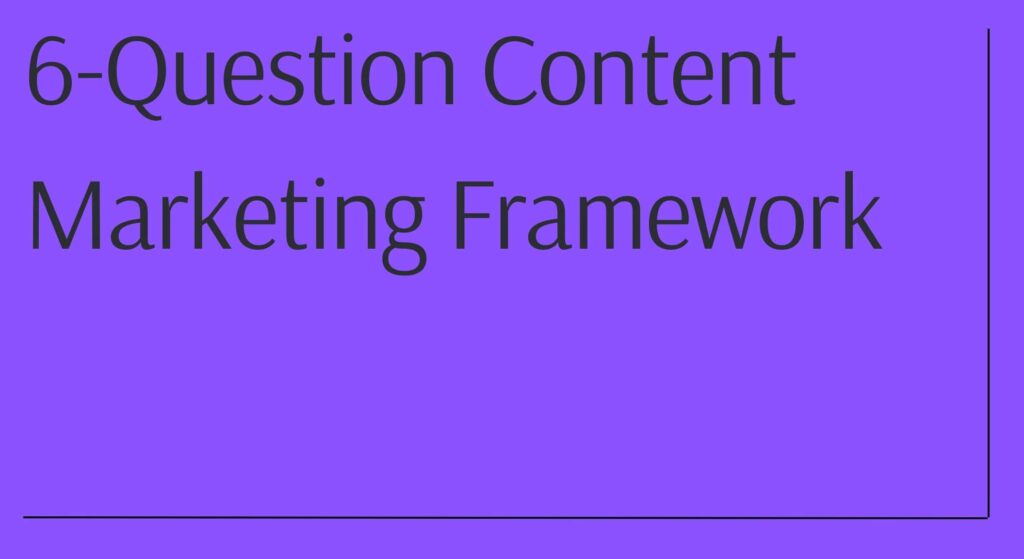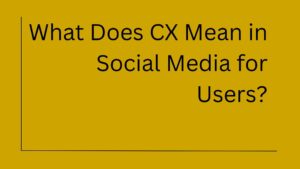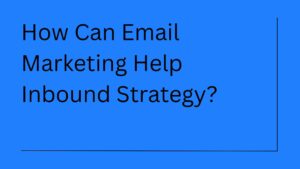Content marketing feels overwhelming these days. Everyone’s shouting “content is king” while pushing you to create more blogs, podcasts, videos, and social posts. But here’s what they don’t tell you – more content isn’t automatically better content.
Businesses are now pumping out daily blog posts that generate zero leads. Experts have watched companies spend thousands on video content that nobody watches. The problem isn’t a lack of content. It’s a lack of strategy.
Nick Westergaard figured this out by borrowing from an unexpected source – Rudyard Kipling’s 1902 poem “The Elephant’s Child.” Kipling wrote about six honest serving men: What, Why, When, How, Where, and Who.
These same six questions can transform your content marketing framework from random acts of publishing into a systematic approach that actually drives business results.
Implement the Six-Step Proven Content Marketing Framework for Your Business
Start Your Content Strategy With Why (Your Business Objective)
Simon Sinek made “start with why” famous for good reason. Your content needs a clear business purpose, not just a publishing schedule.
Ask yourself: What specific business goal is this content supposed to achieve?
Branding: Building brand awareness or reshaping how your industry sees you. This content establishes expertise and builds recognition over time.
Community Building: Creating a loyal audience around your product or service. Think customer forums, user-generated content, and engagement-focused pieces.
PR and Promotion: Supporting specific campaigns, product launches, or events. This content has clear promotional elements and time-sensitive messaging.
Research and Data Collection: Gathering insights on industry trends, customer behavior, or market conditions. Surveys, studies, and data-driven content fall here.
Customer Service: Helping existing customers get more value from your products. FAQ content, tutorials, and troubleshooting guides serve this purpose.
Lead Generation: Converting prospects into qualified sales opportunities. This content includes clear calls-to-action and lead magnets.
Most content marketing frameworks fail because it tries to accomplish all these goals simultaneously. Pick one primary objective per piece of content.
Know Your Whom Your Content Framework Targeting (Target Audience)
Your content must solve a real problem for real people. This sounds obvious, but most businesses create content for themselves, not their customers.
You need both demographic data (age, location, job title) and psychographic insights (motivations, fears, challenges). Demographics tell you who they are. Psychographics tell you why they care.
Here’s a practical approach: Interview your best customers. Ask them what kept them up at night before they found your solution. Those answers become content topics.
Don’t assume you know what matters to your audience. The market has seen SaaS companies create technical deep dives when their audience wanted simple tutorials. And watched consultants share philosophical insights when prospects needed practical frameworks.
Your audience’s needs should drive your content decisions, not your desire to sound smart.
Decide What Content Format Fits
Once you understand your why and who, choosing what type of content becomes much easier. Match your format to your audience’s preferences and consumption habits.
Blog posts work well for detailed explanations and SEO-driven traffic. They’re searchable, shareable, and give you space to explore topics thoroughly.
Videos engage visual learners and work great for demonstrations. They build stronger personal connections but require more production resources as part of video marketing.
Podcasts reach people during commutes and workouts. They’re intimate and allow for longer conversations but take time to build audiences.
Infographics simplify complex information and get shared frequently on social media. They’re great for data-heavy topics but limited in depth.
Case studies build credibility and help prospects envision success. They work particularly well for B2B lead generation.
Don’t try to be everywhere at once. Master one or two formats before expanding.
Time Your When (Timing and Frequency)
Consistency beats perfection in content marketing strategy. Publishing one quality piece weekly outperforms sporadic bursts of daily posts followed by weeks of silence.
Consider your audience’s schedule. B2B content often performs better Tuesday through Thursday. Consumer content might work better on evenings and weekends. Test different publishing times and track engagement.
Frequency depends on your resources and audience expectations. Daily posts work for news sites but might overwhelm a consulting firm’s audience. Find a rhythm you can maintain long-term.
Seasonal timing matters too. Tax preparation companies should create content months before tax season, not during it. Plan your content calendar around your industry’s natural cycles.
Choose Your Where (Content Distribution Channels)
Your content needs to live where your audience actually spends time. This might not be where you prefer to publish.
Your website gives you complete control and builds domain authority. All content should eventually link back to your site.
LinkedIn works well for B2B professional content. It’s where business decision-makers consume industry insights.
YouTube serves as the second-largest search engine. Video content here can drive long-term organic traffic.
Industry publications reach established audiences but require different content approaches than your owned channels.
Email newsletters deliver content directly to engaged subscribers. They’re often overlooked but incredibly effective for nurturing relationships.
Don’t spread thin across every platform. Focus on 2-3 channels where your audience is most active and engaged.
Measure Your How (Content Marketing Metrics)
Most businesses track vanity metrics like page views and social shares instead of business outcomes. Those numbers feel good but don’t pay the bills.
Align your metrics with your original “why”:
- Brand awareness: Track brand mention increases, direct traffic growth, and aided/unaided brand recognition
- Lead generation: Measure conversion rates, cost per lead, and lead quality scores
- Customer retention: Monitor engagement from existing customers and support ticket reductions
- Community building: Focus on repeat visitors, comment engagement, and user-generated content
Set up proper attribution tracking. Most content marketing frameworks contribute to sales indirectly over time. You need systems that connect content consumption to eventual purchases.
Review metrics monthly, not daily. Content marketing is a long-term game that requires patience and consistency.
The 3 Biggest Content Marketing Mistakes
Research across 5,000+ B2B & B2C buyers reveals three critical mistakes that kill content marketing effectiveness. Before that, learn from top-class content marketing examples before ever getting into one.
Mistake #1: Too Much “Thought Leadership”
Most B2B marketers create content to showcase their expertise and industry knowledge. They think positioning themselves as “thought leaders” drives purchasing decisions.
It doesn’t.
Buyers don’t care how smart you sound. They care about solving their problems. Instead of sharing your brilliant insights, create content that helps customers discover new approaches to their challenges.
Show them better ways to think about their business, not how much you know about yours.
Mistake #2: Over-Personalization
The personalization trend has gone too far. Marketers now try customizing content for every stakeholder in the buying process.
This backfires spectacularly.
When you create different content for different decision-makers, you fragment the buying conversation. Each stakeholder gets a partial view of your solution, leading them to choose “safer” options that seem to meet everyone’s basic needs.
Create content that speaks to the collective buying team’s shared challenges, not individual preferences.
Mistake #3: Mistaking Engagement for Intent
High engagement doesn’t equal purchase intent. Too many marketers see content likes, shares, and comments as positive buying signals.
They’re not.
Someone might engage with your content because it’s entertaining, controversial, or shareable – without any intention of buying from you. Design content that reveals actual buying intent through the questions it answers and actions it prompts.
Include questions that buyers ask at different stages of their journey. Create follow-up content that addresses the next logical question in their decision process.
Your Next Steps
Content marketing success comes from systematic thinking, not creative inspiration. Use Kipling’s six questions to build your foundation:
- Why: Define one clear business objective per content piece
- Who: Research your audience’s real problems and preferences
- What: Choose formats that match your audience and resources
- When: Establish consistent publishing rhythms
- Where: Focus on channels where your audience actually engages
- How: Track metrics that connect to business outcomes
Start small. Pick one business objective, one audience segment, and one content format. Master that combination before expanding.
Most importantly, remember that content marketing framework is about creating genuine value, not just filling publishing calendars. Your audience can tell the difference, and so can your bottom line.






1 thought on “6-Question Content Marketing Framework That Actually Works”
Content volatility is making the marketing look vague now in the AI era. So the key is sticking to the framework when the market goes into turbulence. It is why understanding those content frequencies really matters! Overseeing your strategy would help focus on site scaling process.